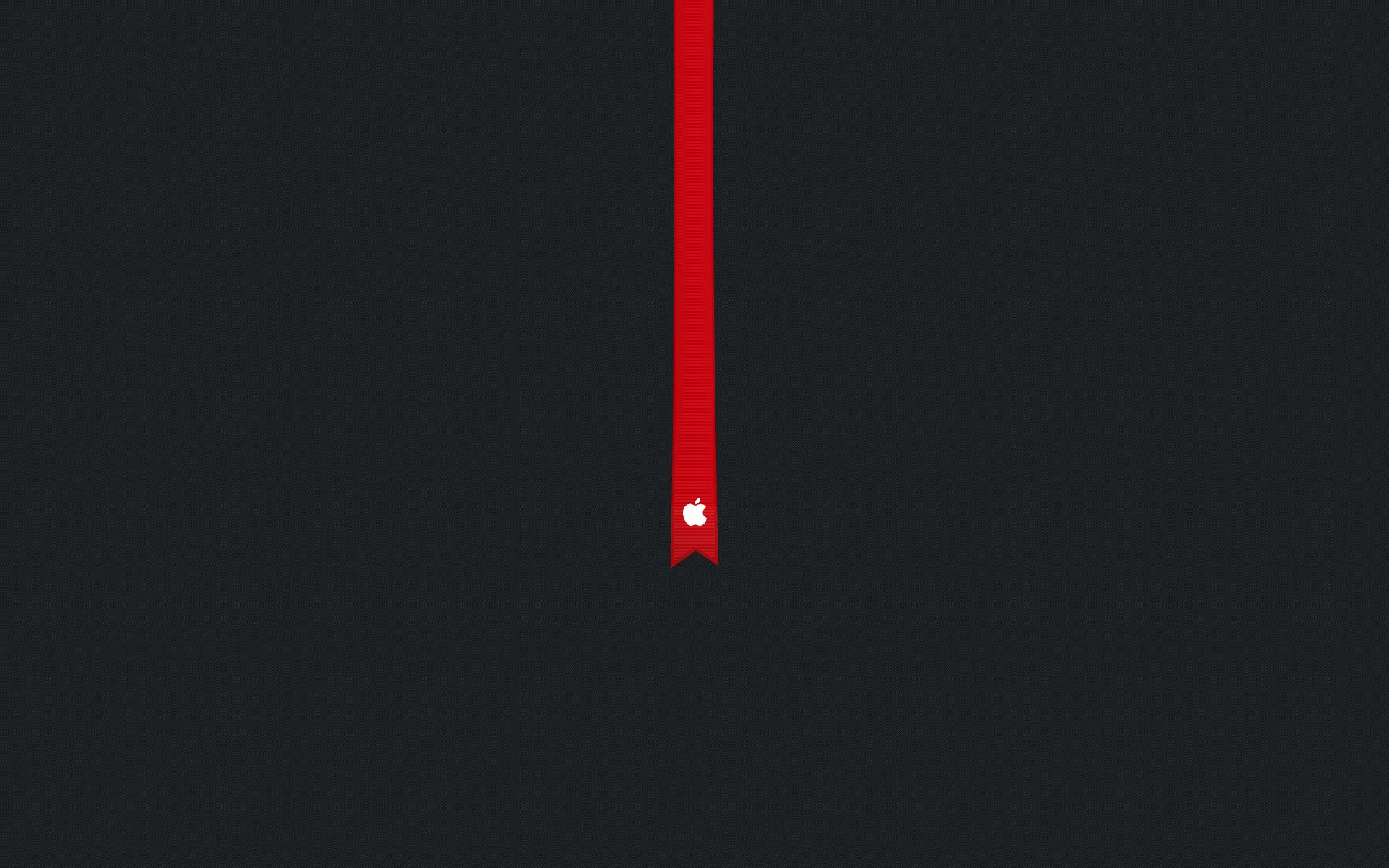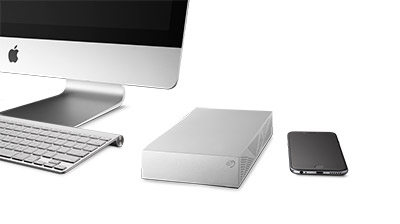Image Plus For Mac
. Mac Plus CSS I will always remember the moment I got to use the Apple Mac Plus. In this post I will try to pay tribute to this lovely computer by creating it in CSS. Retro style Let’s build (virtually) a computer.
Not just any old computer, but a computer that was, for many of us, an introduction into the world of Apple. The Macintosh Plus, codename Mr.
T, was first introduced in 1986 and packed a whopping 1MB of RAM and an 8 MHz processor. Aside from all that raw power, it was a seriously cute design, which made the computer more fun to use. In this project I will build a 3D model of the Macintosh Plus and display it in a three dimensional setting.
Using CSS Keyframe animation we’ll make it move on screen to show off the 3D effect better. With Cascading Style Sheets are the standard way to style web page content. Everything from fonts, colors, positioning and background images is handled by CSS, and it is an essential tool for making modern web pages. It’s not just for two-dimensional content. With the use of 3D transforms and positioning, you can use CSS to add depth too. Creating scenes in CSS results in smaller file sizes than images. In this example, the CSS compresses to just 4KB and the HTML less than 1KB.
An equivalent image would be 100KB or more. Live demo and source code See the.
Full source code, and you can view the full. You can also follow along the various stages by looking up the examples folder in. On Prefixes I have omitted any CSS prefixes from the code examples to make the code easier to read. When working on this yourself make sure to include prefixes for the other browsers, such as the webkit, moz, ms, and o. Setting the stage When creating 3D using HTML we need a scene within which to build it.
Image Pro Plus 5.1
Start with a container HTML element. This is a simple div with the class stage, and it acts as a container for our 3D object. To establish it as a 3D container, we set some CSS properties, perspective and perspective-origin.

The perspective property is similar to a scene’s vanishing point. The smaller the value, the shorter the vanishing point and more extreme the effect. This image shows how changing the value changes the shape on a scene: Try it yourself If you’d like to have a go, look for the screen.css file in the examples/01-Perspective folder in the project files. You’ll be able to update the perspective value and see the effect by opening the index.html file from the same folder in your browser. The perspective-origin property sets the viewing position.
Changing it allows you to look down onto the scene from above, up from below or in from the side. In this example I’ve gone for a perspective value of 1,600 pixels. The CSS looks like this. Within the stage, there’s a div I’ll use to position the computer on the page.
Within that is the Mac itself. The two boxes are themselves made up of figure elements. These elements represent the sides, top, front and back of the two boxes. There is also a figure to represent the shadow. This example can be found in the examples/03-Boxes folder. The result we’ll be going for looks like this: Each of the boxes are transformed into place using the CSS transform property, and CSS gradients are used to add depth to the scene.
The CSS looks like this. Hello, Dave Macintosh Plus A working example can be found in the examples/05-Completed folder. Screen The screen is made up of several elements, including a container, the screen itself and a “sheen” layer on top. The CSS for this makes use of CSS gradients to make it look inset into the front of the computer and the sheen span uses an almost-transparent gradient to give the screen some shininess. Logo The logo is made up of two parts, an image and some text. The image span contains a background image of the old colorful Apple logo, and the text is positioned next to it. The CSS for these can be found in the source files.

To create the right look, an embedded font is added. This uses the CSS font-face property. There are many ways to do this, but perhaps the easiest is to use a service such as to create the following CSS. What we learned In creating and animating a 3D object in CSS, we covered quite a few techniques.
VMix offers a free trial for users looking to explore and test all the features before making a purchase (without a watermark!). Less ideal for those doing basic PiP switching as you get the most from vMix when you use all features (e.g. Bottom line: Ideal for Windows users who are looking to live stream and record at the highest possible level. Note however, that vMix is for Windows only; Mac users looking for a full live production software solution at this level will need to look for another solution (such as Wirecast). Live video switching software for mac.
We set the perspective and perspective-origin. We then made use of transforms to rotate, move and position elements, added gradients to give a more realistic 3D effect, and used some CSS border tricks to create bevels and depth. Finally we made use of keyframes and CSS animation to give the scene life.

Image Pro Plus 7 Crack
Browser compatibility Not all browsers can yet handle CSS transforms. Internet Explorer will struggle, but there is hope that support will be. All recent versions of Chrome, Safari and Firefox will do ok. Provides a set of JavaScript tools to detect browser capabilities and can be used to show alternate content in cases where the browser cannot support a certain CSS property. In the example code, you’ll find I’ve made use of Modernizr to detect the presence of 3D transforms. In cases where they don’t exist, an image is shown instead. Going forward While the example might not seem like something you’d use in the average web site, the techniques can be applies to all sorts of scenarios.
For example, CSS transforms can be used to add depth to page transitions, image carousels, logos and buttons, to name a few. CSS animations can be used to add more interesting movement and finesse to your transitions, and CSS gradients can add depth to pages without a need to use images. Make sure to for all the latest updates!
Learn about CSS animation.